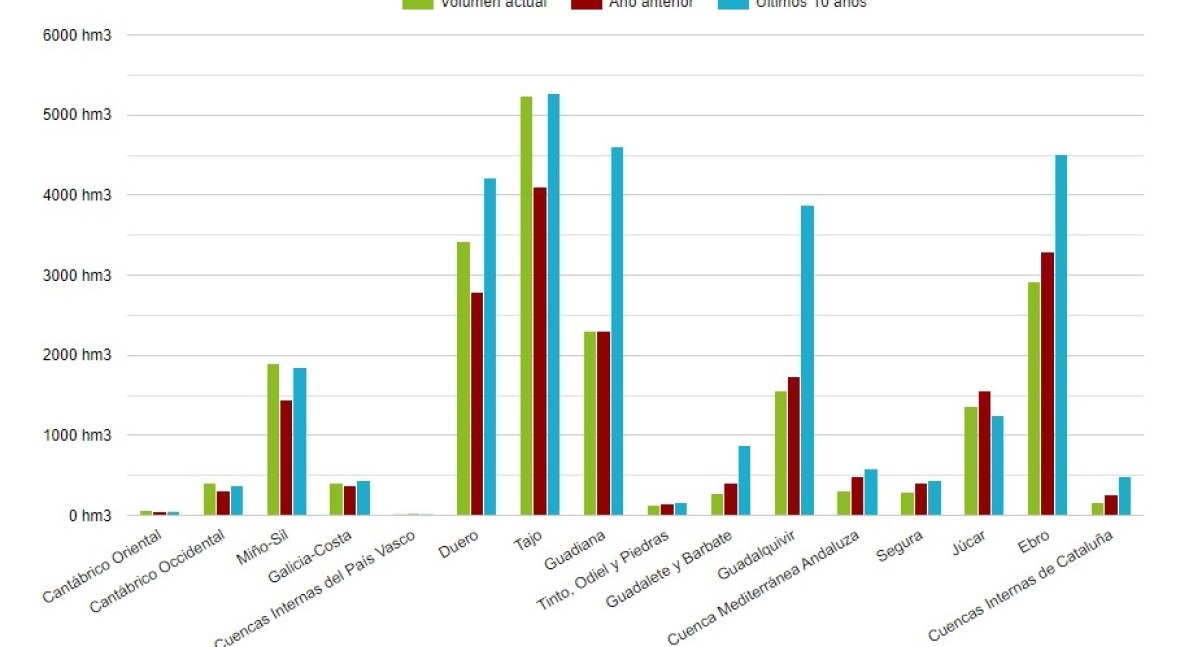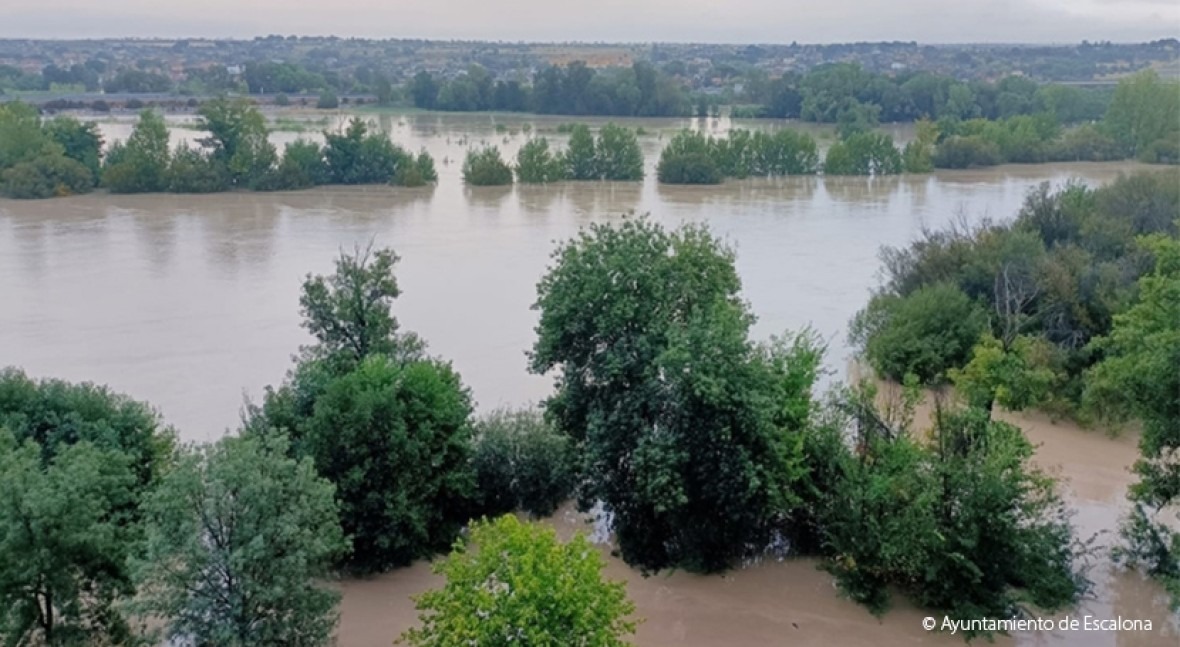Drought and DANA, the meteorological "instability" to which Spain has already become accustomed

The International Panel on Climate Change (IPCC) warned last year that Spain is Europe’s ‘ground zero’ of climate change and that, if greenhouse gas emissions levels are not reduced, weather threats will worsen. Adverse weather events are becoming more frequent in Europe, but in Spain we are already used to aninstability that goes from clear skies and heat waves to torrential rain in a few days.
Spain has witnessed excessively high temperatures that translate into heat waves, increasingly recurrent and severe droughts and several cycles of water shortages, with the socio-economic and environmental impacts that all this entails. The latest hydrological bulletin, number 36, which analyses the evolution of water resources and rainfall from 29 August 2023 to 5 September 2023, indicates that Spanish reservoirs are at 37% of their capacity, which is already the fourth week in a row below 40%. While this figure is 2% higher than last year in this same week, it is almost 15% less than the average of the last ten years.

Evolution of the total reservoir of dammed water (Source: iAgua Data).
It should also be noted that since April, in week eighteen, the water reserve has been below 50%. This situation has led several autonomous communities, such as Catalonia and Andalusia, to declare a state of emergency due to hydrological drought and to implement water restrictions, including water cuts.
In view of this situation, the Environment Minister Teresa Ribera announced on Tuesday that more than 12 billion euros ($12.85 billion) will be invested to mitigate the effects of the ongoing drought in the country.
In addition to droughts, the Mediterranean region regularly experiences periods of cold drops and, now increasingly, of Isolated High Level Depressions or, in other words, the DANA. This is a low-pressure system in the upper levels of the atmosphere that has become completely detached from the zonal flow at altitude. Although it does not always cause torrential rains, the causality between climate change and the intensity of the DANA in Spain exists due to the effects it also has on atmospheric circulation. In this regard, a study by the American Meteorological Society revealed an increase in the number of DANAs on a global scale since the 1960s.
The Environment Minister Teresa Ribera announced on Tuesday that more than 12 billion euros ($12.85 billion) will be invested to mitigate the effects of the ongoing drought in the country
Thus, in recent years, with record-breaking temperatures, DANAs have had devastating consequences in the country. Flash floods have damaged homes, infrastructure and farmland, as well as endangering people's safety.
A situation that has been experienced again in the country during the first weekend of September, where the first DANA of the meteorological autumn has caused an alert situation; proof of this is the message that Civil Protection sent to all mobile phones in the Community of Madrid last Sunday, one of the most affected areas along with Toledo, where there have been human losses and considerable structural damage. According to the AEMET, the instability in the form of abundant and widespread rainfall and storms in the Peninsula and the Balearic Islands - with a marked drop in temperatures - of this DANA, has accumulated an average rainfall value of 28 l/m2, when the normal figure would be 5 l/m2.
The increase in temperature year after year - the spring of 2023 in Spain was the warmest and the second driest in the historical series, according to the AEMET - has meant that, in the last decade, we have begun to worry more than ever about our water security. The fact that every year we experience cycles of drought followed by torrential rains, and that the Spanish population is already accustomed to this, does not mean that the latter palliates the former and makes the problem disappear.
The management of available water resources is more important than ever and all the actors involved must sit on the same side of the table: the energy transition, the circular economy and digitalisation must focus investments in the coming years with the aim of making the integral water cycle as efficient as possible. The future of our water security depends on it.




